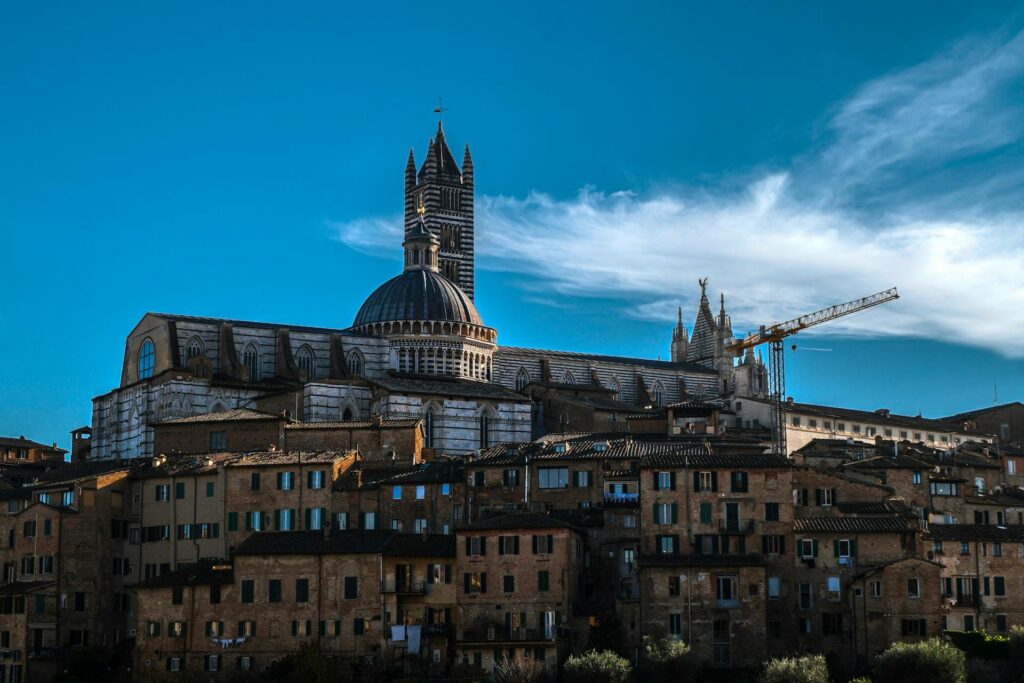 The Romanesque Style
The Romanesque Style
Romanesque architecture, prevalent in Europe from the 10th to the 12th centuries, is characterized by its solid, heavy structures, round arches, and thick walls. Romanesque churches and cathedrals often featured barrel vaults, large towers, and decorative arcading. This style reflected the need for fortification and stability, with an emphasis on grandeur and monumental presence.
The Transition to Gothic Architecture
The Gothic style emerged in the mid-12th century, bringing a dramatic shift in architectural design. Gothic architecture is known for its pointed arches, ribbed vaults, and flying buttresses, which allowed for taller structures and larger windows. This innovation led to the creation of breathtaking cathedrals with intricate stained glass windows, like Chartres and Notre-Dame de Paris. The Gothic style emphasized verticality and light, creating a sense of awe and spiritual elevation.
Influence and Legacy
The transition from Romanesque to Gothic architecture had a profound impact on medieval European society. Gothic cathedrals became centers of religious, social, and cultural life, showcasing the technical and artistic achievements of the period. These architectural styles influenced the development of towns and cities, contributing to the growth of civic pride and community identity.
Conclusion
Medieval architecture evolved significantly from the Romanesque to the Gothic style, reflecting changes in technology, aesthetics, and society. These architectural innovations left a lasting legacy on the European landscape, with their grandeur and beauty continuing to inspire admiration today.
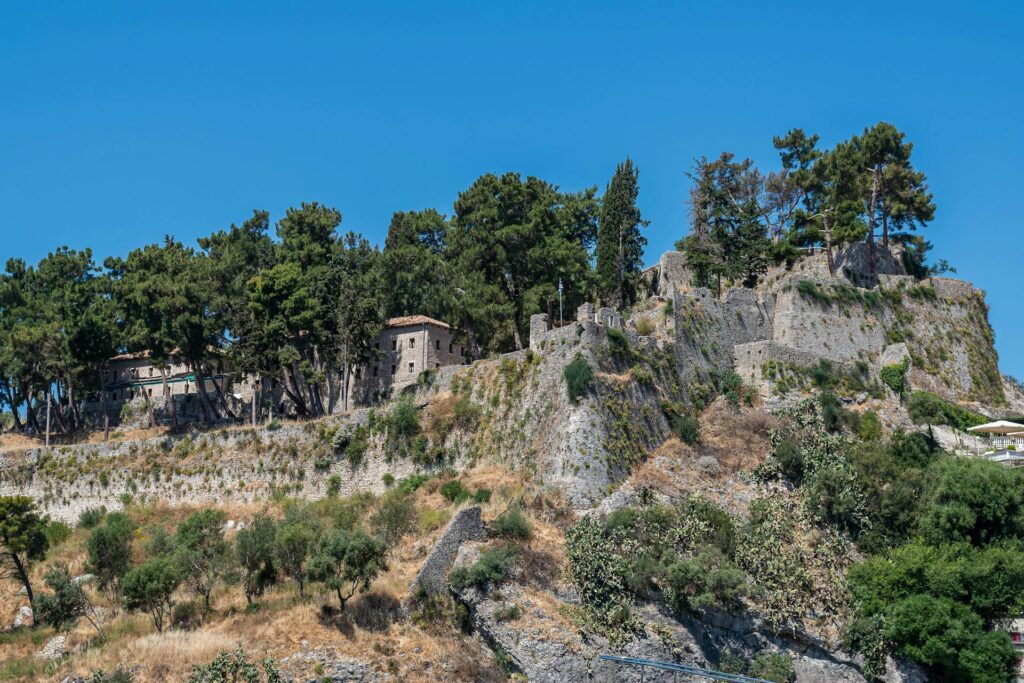 The Monastic Life
The Monastic Life Translation and Transmission of Knowledge
Translation and Transmission of Knowledge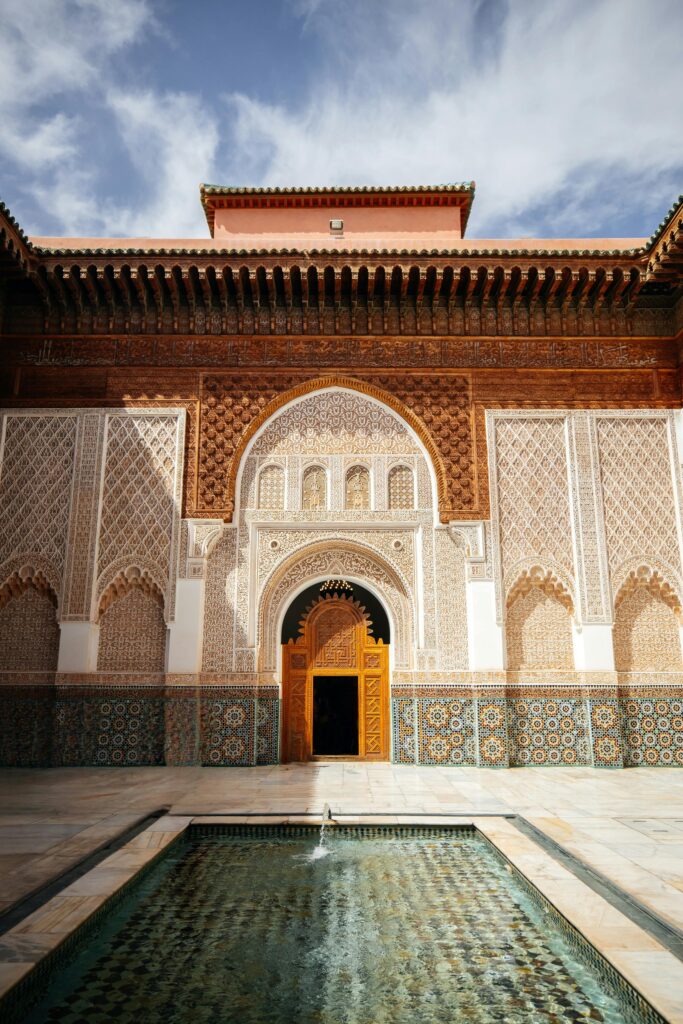 Structure and Organization
Structure and Organization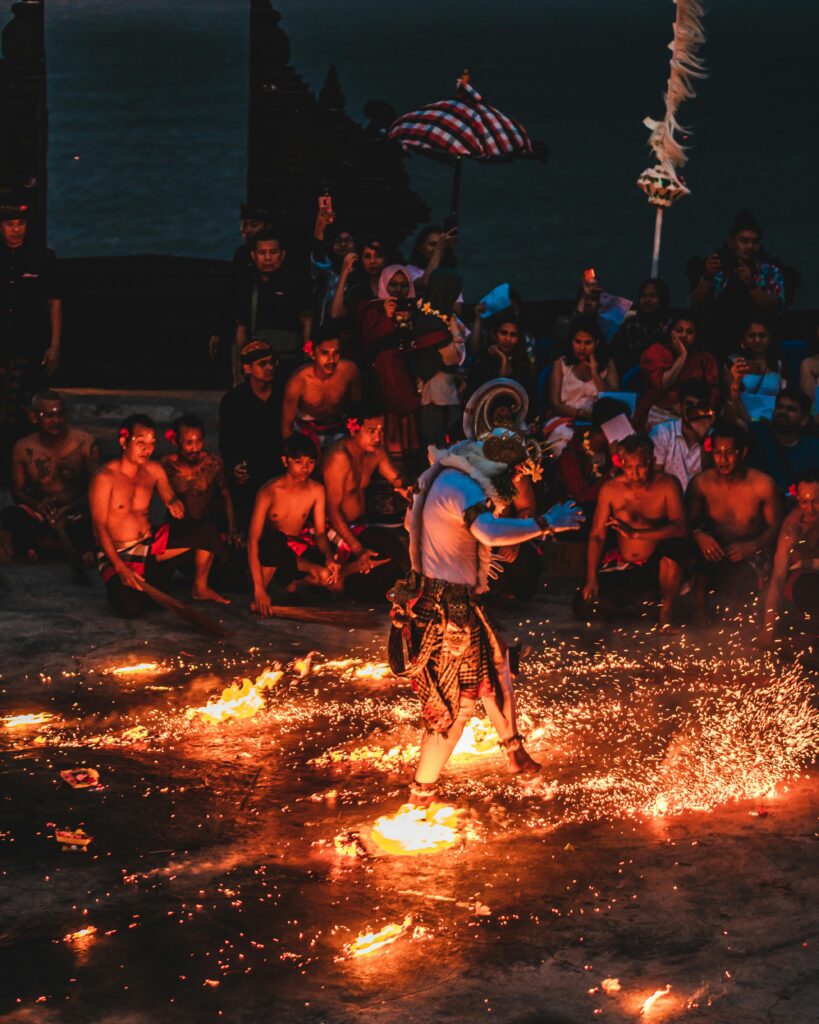 Musical Traditions
Musical Traditions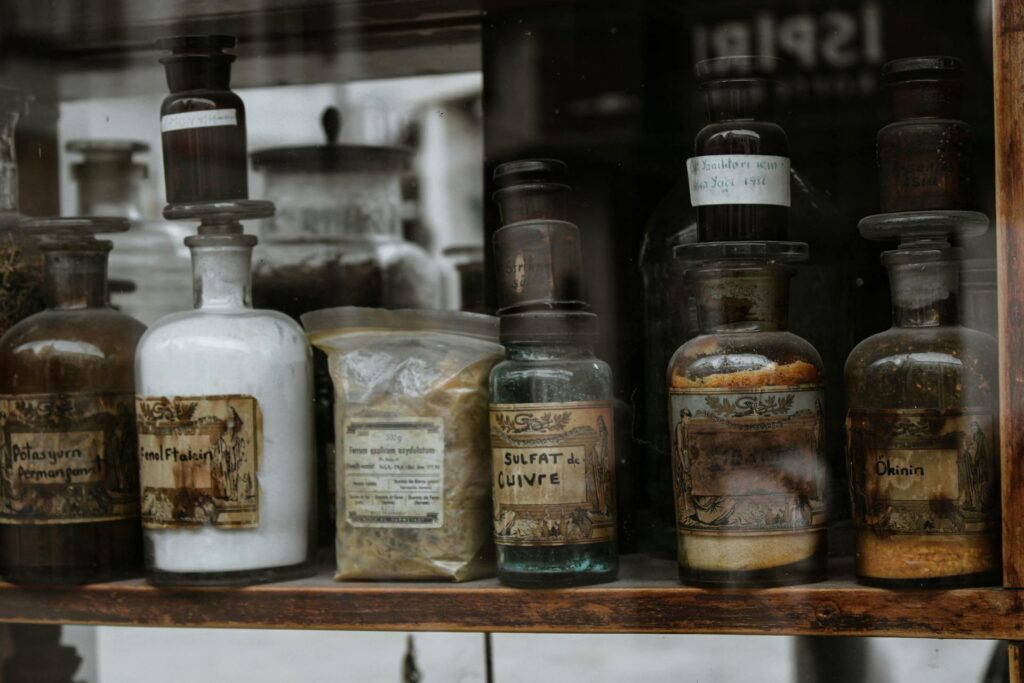 Origins and Functions
Origins and Functions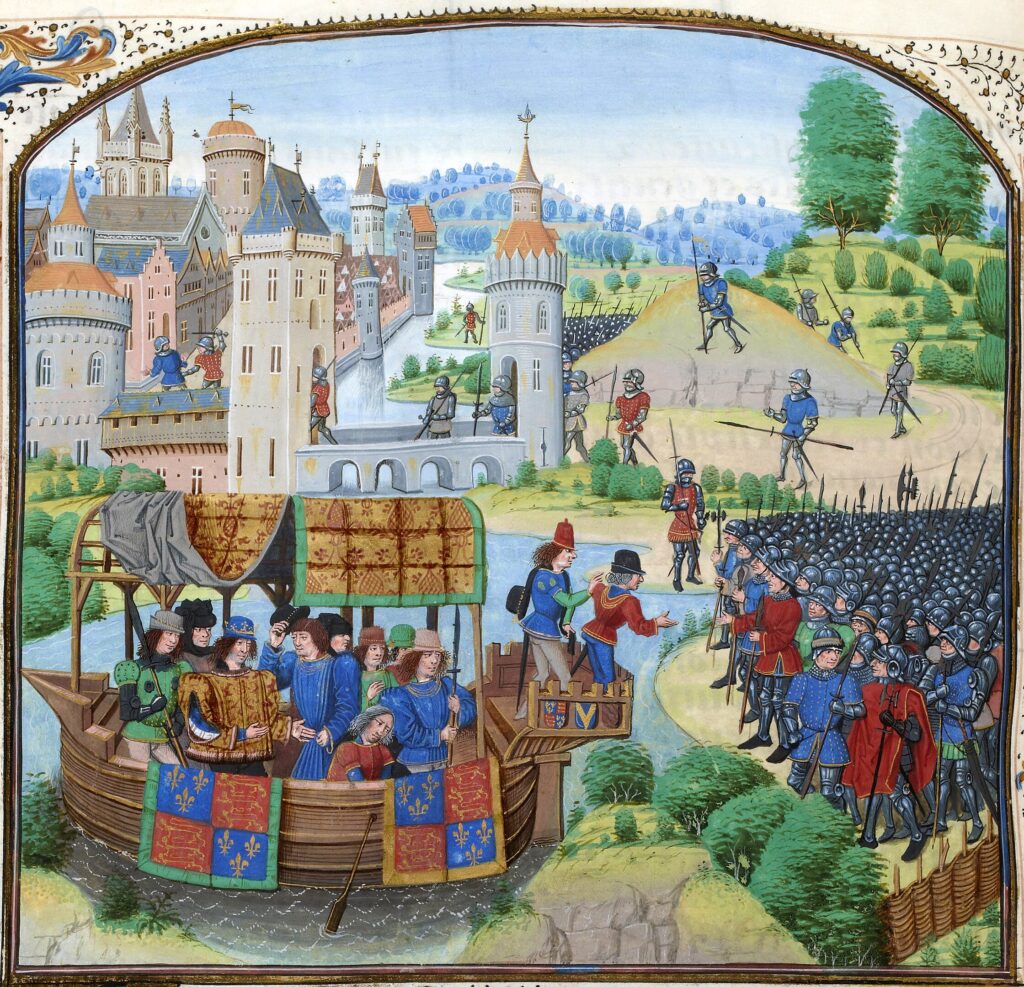 Origins and Significance
Origins and Significance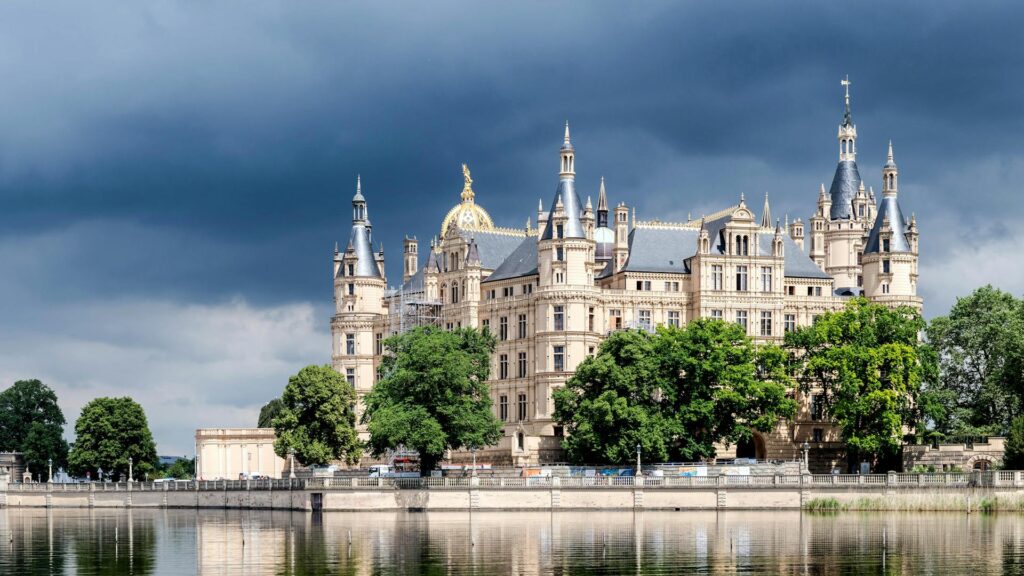 Early Motte-and-Bailey Castles
Early Motte-and-Bailey Castles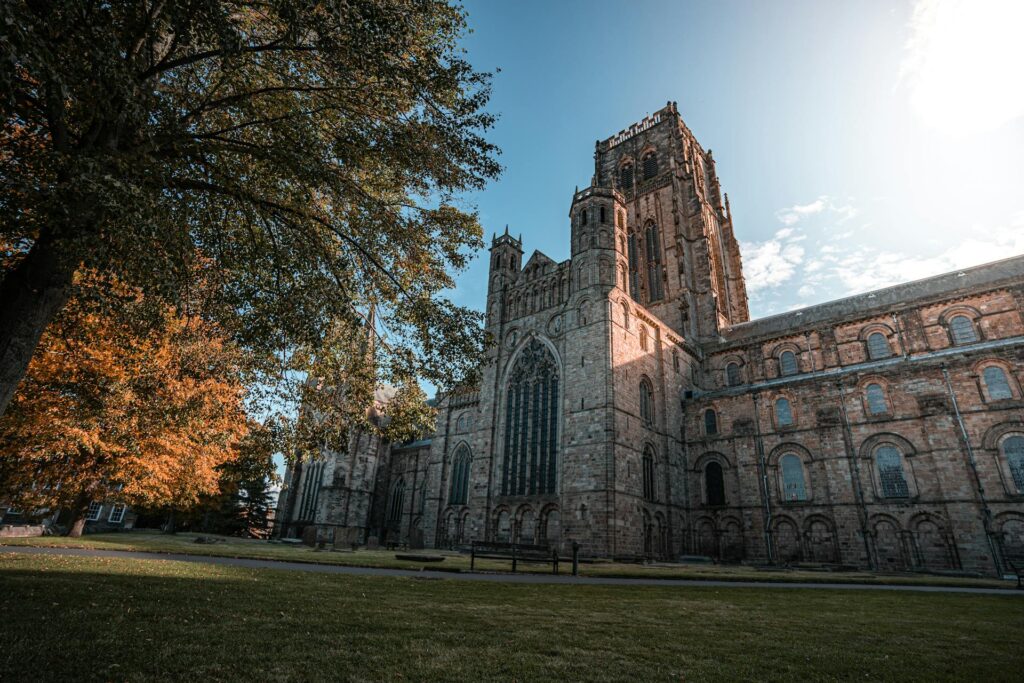 Political and Social Changes
Political and Social Changes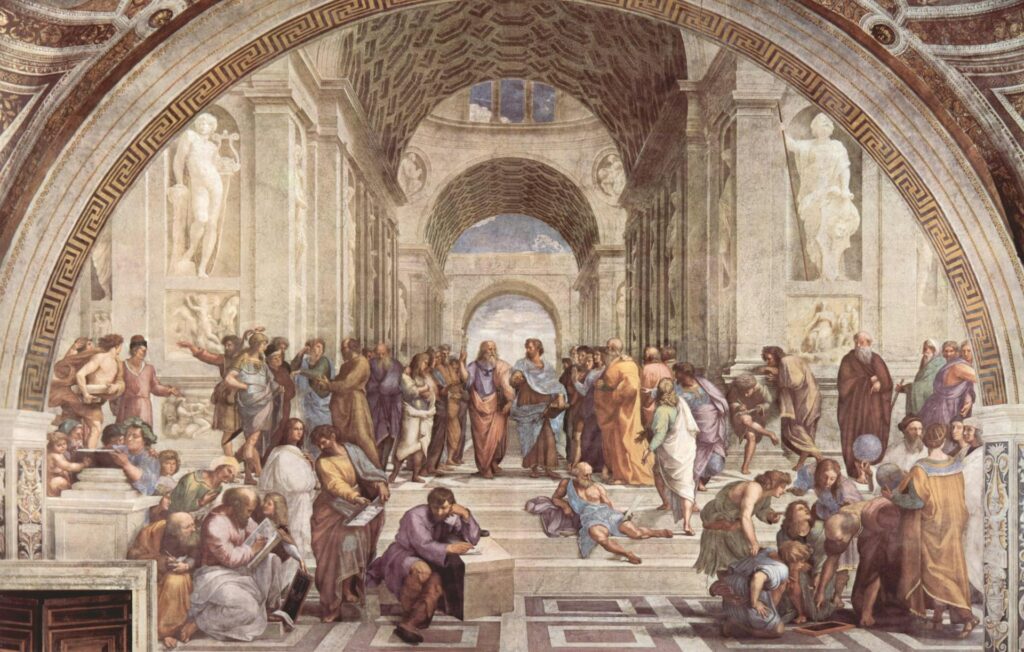 Revival of Learning
Revival of Learning